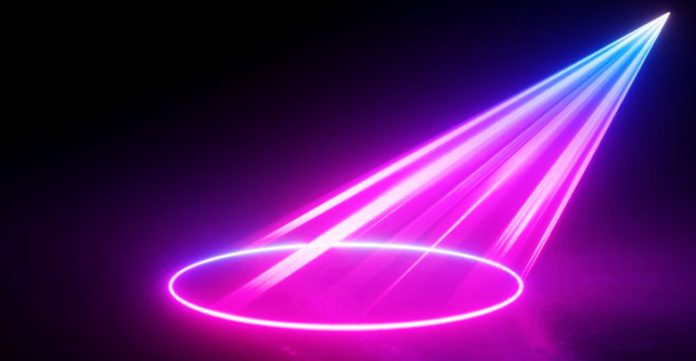New York: Ultraviolet (UV) light-emitting diodes (UV-LEDs) have been found to kill the novel coronavirus efficiently, cheaply, and quickly, as per a study the new advancement could be introduced in air conditioning and water systems.
The research, issued in the Journal of Photochemistry and Photobiology B: Biology, evaluated the disinfection efficacy of UV-LED irradiation at various wavelengths on a disease from the family of coronaviruses, which includes the COVID-19-causing SARS-CoV-2.
Co-author of the study from the American Friends of Tel Aviv University in the US, Hadas Mamane said the whole world is currently looking for effective solutions to disinfect the COVID-19
In order to disinfect a train, bus, sports hall, or plane by chemical spraying, the researchers said physical manpower is required alongside the time for the chemicals to act on the surface.
Ms. Mamane said the disinfection systems based on LED bulbs, however, can be installed in the ventilation system and air conditioner, for example, and sterilize the air sucked in and then emitted into the room.
She added: “We found that it is quite simple to kill the coronavirus using LED bulbs that radiate ultraviolet light. We killed the viruses using cheaper and more readily available LED bulbs, which use little energy and do not contain mercury like regular bulbs.”
The scientists believe the study has commercial and societal implications, given the far and wide utilization of such LED bulbs.
With vital adjustments, they said the bulbs can be introduced in air conditioning, vacuum, and water systems, and in this manner be able to efficiently disinfect huge surfaces and spaces.
The researchers stated the system should be designed so an individual is not directly exposed to the light, adding that it is very hazardous to utilize the UV-LED to disinfect surfaces within homes.
Later on in the future, the researchers will test their unique blend of integrated damage mechanisms and more concepts they as of late created on combined efficient direct and indirect harm to bacteria and infections on various surfaces, water, and air.


